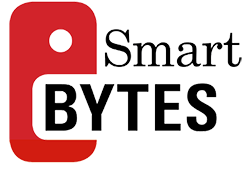Finding the Right Camp for A First-Timer
April 15, 2024

When we hear the term Assistive Technology (AT), we imagine kids with LD (and other disabilities) mastering previously challenging assignments with the help of the latest and greatest high-tech gadgetry.
In fact, we may be doing our children a disservice by thinking of AT in such narrow terms. As defined by the Assistive Technology Act of 1998, AT is “any item, piece of equipment, or product that is used to increase, maintain, or improve functional capabilities of individuals with disabilities.”
Choosing appropriate AT solutions—whether high tech or low tech—depends on a number of factors: What is impeding success; how is it getting in the way; and how can a student best compensate are the first questions to consider. Other factors might include level of fatigue, strain, physical limitations, and how long it would take to complete work (e.g., to write a paper) without the use of technology.
If your child has language learning disabilities, read High Tech Help for Reading and High Tech Help for Writing, but don’t dismiss these low-tech suggestions entirely. Alone or combined with high-tech solutions, these may help your child gain access to appropriate grade-level curriculum. Whether low-tech or high-tech, AT enables students to perform at a higher level than would be possible without the technology.